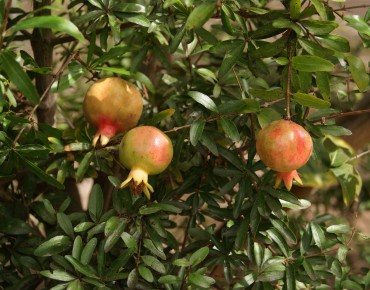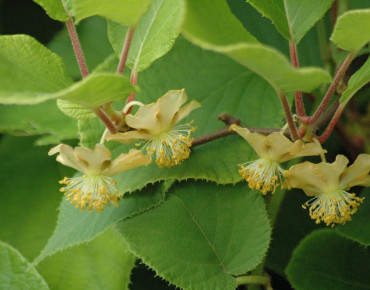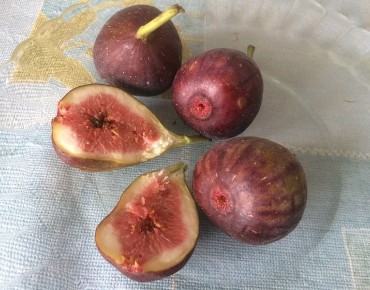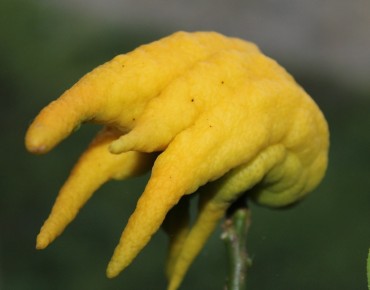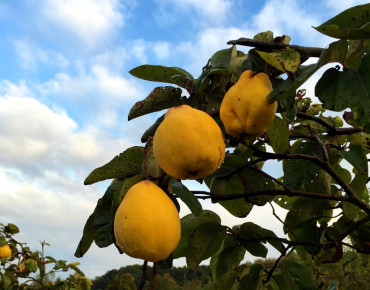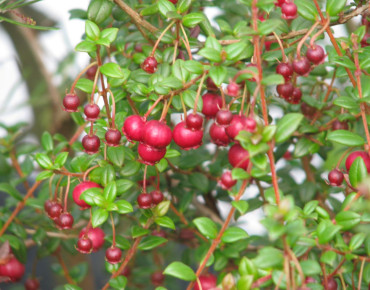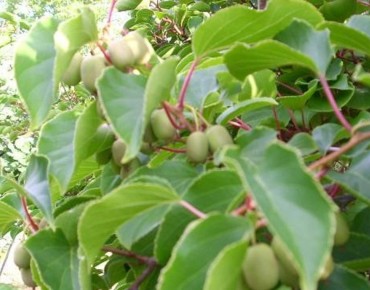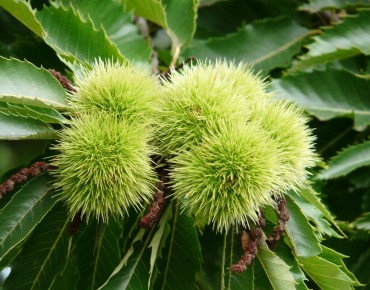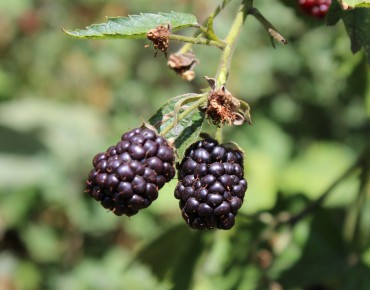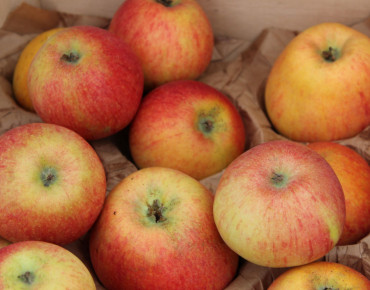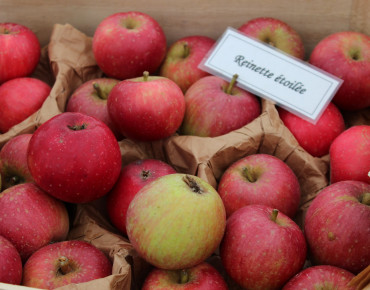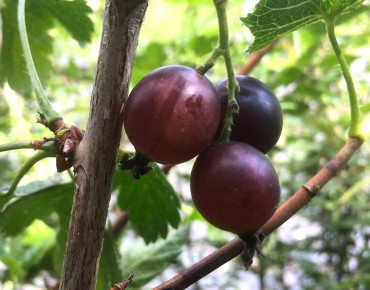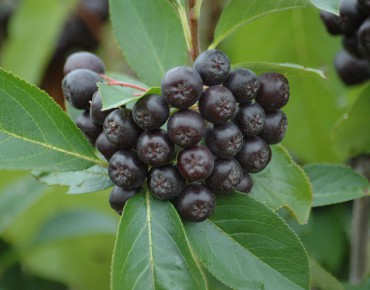- novelty
Wellington black mulberry
Morus nigra Wellington
Description
Morus nigra 'Wellington' – Black Mulberry 'Wellington'
Main Interest of the Plant
The Black Mulberry 'Wellington' is a fruit tree appreciated for its fleshy, sweet, black fruits, highly valued in cooking and for direct consumption. This cultivar stands out for its abundant and regular production, harmonious shape, and robustness. It is also used as an ornamental tree for its dense foliage and elegant appearance.
Origins and Characteristics
Geographical Origin: Native to Western Asia and the Middle East, the black mulberry has become naturalized in several temperate regions. The 'Wellington' cultivar is a modern horticultural selection resulting from a cross between Morus rubra and Morus alba.
Botanical Family: Moraceae
Notable Features: This cultivar is known for producing larger and sweeter fruits than the typical variety. It has been selected for its more compact and regular shape, as well as its better disease resistance.
Description and Particularities
Adult Height: 8 to 10 meters
Adult Width: 5 to 7 meters
Habit (General Shape): Rounded and dense habit, slightly spreading, with well-branched limbs, more compact than the typical variety.
Bark: Dark brown, rough, and fissured bark, characteristic of black mulberries.
Foliage: Deciduous leaves up to 20 cm, broad, oval to lobed, glossy dark green, turning slightly yellow-red in autumn.
Growth: Moderate to rapid growth, depending on conditions.
Hardiness: Resistant to temperatures down to -25°C, suitable for temperate climates.
Flowering and Fruiting
Flowering Period: Spring, April-May.
Flower Description: Small, inconspicuous flowers grouped in catkins, not particularly ornamental.
Fruits: Fleshy, sweet, elongated black berries harvested in summer (July-August). The 'Wellington' cultivar produces larger and more abundant fruits.
Pollinator and Wildlife Attraction: Flowers modestly attract some pollinators, while fruits are appreciated by birds, contributing to local biodiversity.
Exposure and Soil
Ideal Exposure: Full sun to light partial shade for optimal fruiting.
Suitable Soil Type: Well-drained, fertile soil, fresh to moderately moist, tolerates various soils (slightly acidic to neutral).
Planting
Soil Preparation Tips: Loosen the soil deeply, incorporate compost or organic matter to enrich the soil.
Spacing Between Plants: 5 to 6 meters to allow optimal development of the rounded habit.
Soil Nature: Neutral to slightly acidic, fresh, not waterlogged, ideally well-drained.
Watering
Water Needs at Planting: Regular watering to promote rooting.
Water Needs at Maturity: Moderately drought-resistant, but appreciates watering during hot periods to optimize fruit quality.
Pruning
When and How to Prune: Maintenance pruning in winter to remove dead wood and poorly oriented branches.
Structure, Maintenance: Favour light pruning to maintain natural shape and maximize fruit production.
Propagation
Possible Propagation Methods: Propagation by semi-hardwood cuttings in summer, layering, or grafting onto vigorous rootstock.
Garden Uses
Ideal Placement for the Plant: As a standalone or in a small orchard, on a lawn or open area to showcase its shape and fruiting.
Recommended Plant Associations: Berry shrubs (currant, blackcurrant), aromatic plants (mint, thyme), honey plants (lavender, sage).
Traditional Uses
The black mulberry has traditionally been used for the production of fresh fruits, jams, and syrups. Its leaves are also the food for silkworms. The more recent 'Wellington' cultivar retains this heritage while improving fruit quality for contemporary use.
Disease Protection
Potential Sensitivities: May be sensitive to sooty mold, rust, and certain aphids.
Natural Prevention Tips: Maintain good air circulation through proper pruning, regularly monitor for infestations, and promote biodiversity for natural balance.
Tips for Good Development
For optimal development, prefer a sunny exposure, avoid heavy soils, prune lightly to aerate the structure, and associate with plants attracting pollinators to support flowering.
Differences and Specificities of the 'Wellington' Cultivar:
- Origin and Selection: 'Wellington' is a selected cultivar, often for its more compact habit, improved fruit yield, and better disease resistance compared to the typical variety.
- Habit: 'Wellington' generally has a more regular, more spreading, and sometimes slightly more compact habit than the wild black mulberry.
- Fruit Production: This cultivar is known for its larger, sweeter, and more abundant fruits than the typical variety.
- Hardiness: Very good cold resistance, often better than more recent cultivars.
- Horticultural Use: Often favored for ornamental and fruit cultivation in gardens due to its regularity and ease of maintenance.
Summary
Morus nigra 'Wellington' is an interesting fruit tree, combining elegant shape, generous fruiting, and tasty fruits. Suitable for local gardens, it offers both ecological interest through its fruits attracting wildlife and aesthetic interest with its dense and changing foliage. Its hardiness and ease of maintenance make it an excellent choice for fruit and characterful plant enthusiasts.
Features
- Common name : Wellington black mulberry
- Family : Moraceae
- Category : fruit tree
- Spread : 5 to 7 m
- Foliage : deciduous
- Fruit : Fleshy, black, sweet berries, elongated 2 cm
- Harvest : July-August
- Use : Orchard, isolated, shaded
- Soil : neutral to acid
- Habit : compact
- Enemies : Aphids
- Possible diseases : Sooty mold, rust
Expédition & livraison
How does the delivery work?
 As soon as you place your order your plants are selected
As soon as you place your order your plants are selected Each order is processed individually.
Each order is processed individually. Plants are packed, staked and labeled.
Plants are packed, staked and labeled. Packaging is carefully implemented to avoid any problems.
Packaging is carefully implemented to avoid any problems. Packages are ready to be shipped.
Packages are ready to be shipped.
Our delivery methods
Shipping of our plants throughout Europe (except overseas and islands).
Customer reviews








